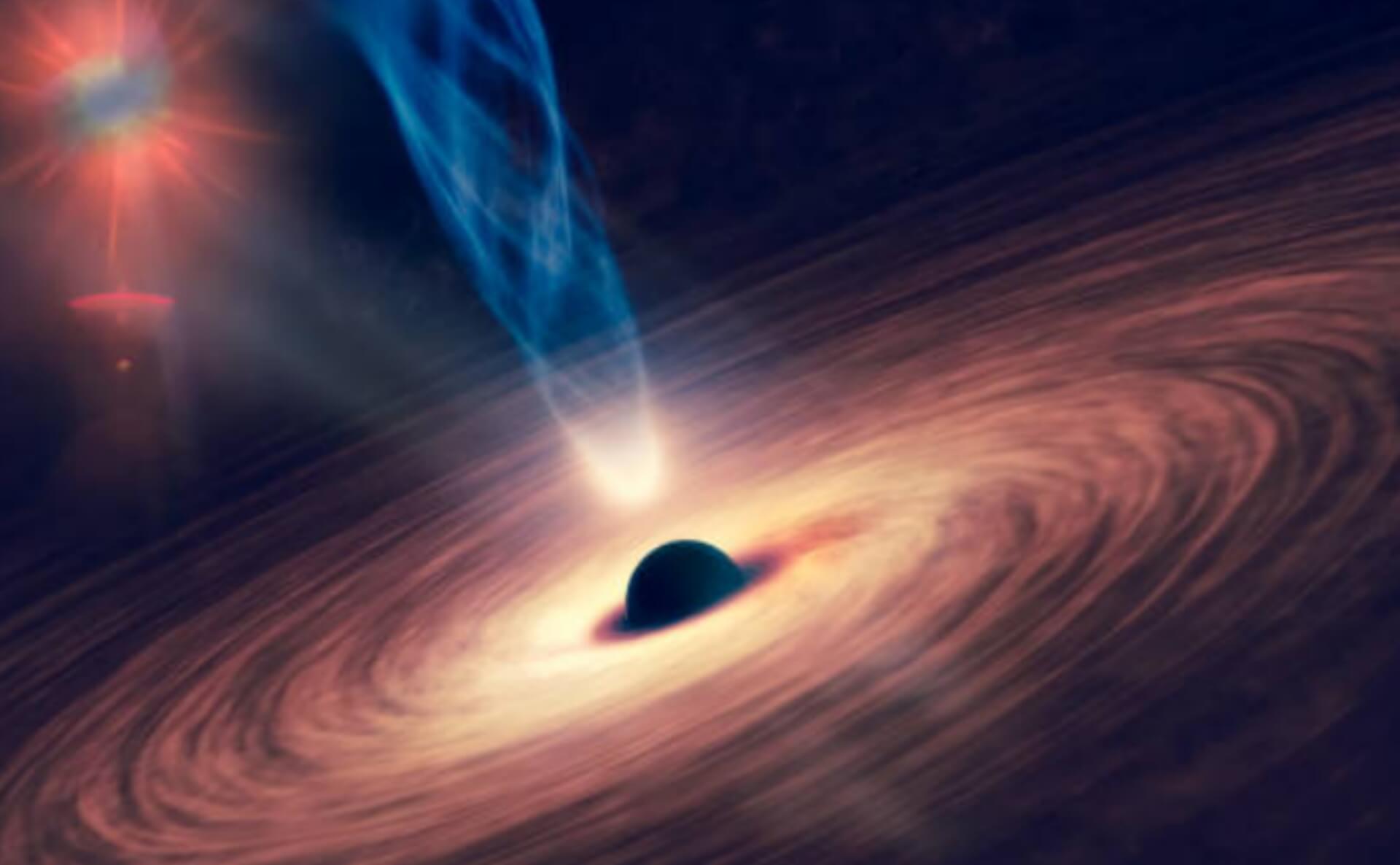Astronomers at NASA’s Chandra X-beam Observatory have discovered proof of a molecule jet coming from a supermassive black hole in the early universe.
The wellspring of the X-beam jet is a quasar, or a quickly developing supermassive black hole, named PSO J352.4034-15.3373 or PJ352-15.
The quasar sits at the focal point of a youthful galaxy and is one of the two most powerful quasars found in radio waves in the initial billion years after the huge explosion, as indicated by a Tuesday discharge.
For scale, PJ352-15 is around a billion times more monstrous than the sun.
In the event that this molecule jet is affirmed, it would be the most far off supermassive black hole — in a galaxy around 12.7 billion light-years from Earth — with a jet recognized in X-beams.
For researchers, this jet may help in seeing how the greatest black holes framed and filled right off the bat in the universe’s set of experiences.
The researchers investigated PJ352-15 over a time of three days utilizing the Massachusetts-based Chandra telescope to identify proof for the X-beam jet and X-beam emission was situated around 160,000 light-years from the quasar.
PJ352-15 is a record-breaker, for what it’s worth around 300 million light-years farther away than the most inaccessible X-beam jet recorded before it.
Furthermore, the longest molecule jet recently saw from the initial billion years after the huge explosion was distinctly around 5,000 light-years long, contrasted and PJ352-15.
Chandra noticed light transmitted when the universe was just 0.98 billion years of age and the power of foundation radiation was a lot more prominent than it is currently.
The jet’s electrons moving away from the black hole slam into photons that make up the radiation and invigorate the photons into the X-beam range — expanding the X-beam jet’s splendor and permitting Chandra to get it.
